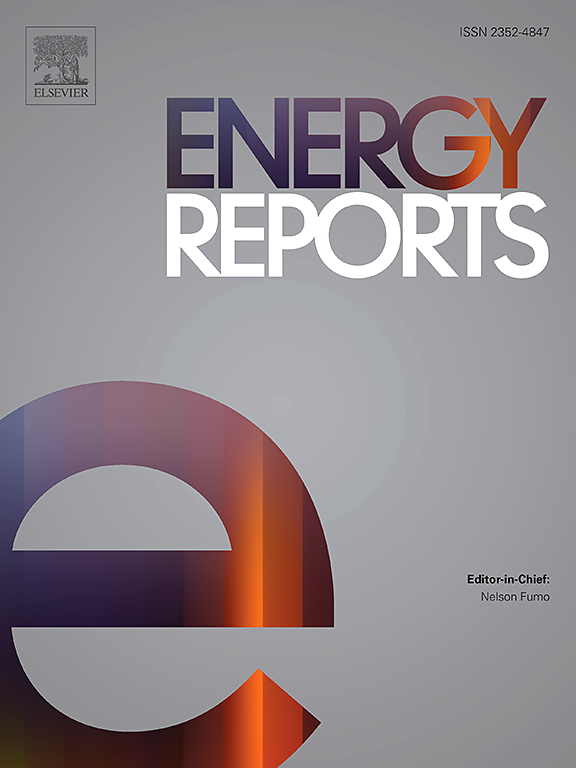Global information enhanced adaptive bald eagle search algorithm for photovoltaic system optimization
IF 4.7
3区 工程技术
Q2 ENERGY & FUELS
引用次数: 0
Abstract
The parameter estimation of solar photovoltaic system (SPVS) models presents a formidable optimization challenge. The crux of resolving this issue lies in the efficacy of intelligent algorithms. By addressing the parameter optimization challenges associated with three photovoltaic models and targeting the deficiencies of the bald eagle search optimization algorithm (BES), such as its limited local search capability, inadequate diversity, and suboptimal solution performance, this article introduces a novel approach: the virtual-particle adaptive bald eagle search optimization algorithm (VABES). Incorporated into VABES is a virtual particle updating mechanism, leveraging comprehensive population information to enhance the prospects of individuals converging towards the most desired solution, while simultaneously preventing the population from becoming trapped at extreme points. To strike a balance between aggregation and dispersion within the swarm and bolster VABES's global optimization prowess, an adaptive probability-guided Levy flight correction scheme has been devised. Additionally, a dynamic mutation factor-based mutation and crossover strategy has been formulated to refine VABES's exploitation capabilities. The results of 100-dimensional tests conducted on 40 benchmark functions from CEC2017 and CEC2020, coupled with nonparametric testing, reveal that VABES outperforms at least 66 % of other competitive improved algorithms. Experiments involving 57 real-world problems demonstrate that VABES's total performance metric stands at 0.1466, ranking it first and showcasing its notable advantages in handling constrained optimization compared to BES-related improved algorithms. Furthermore, the solution processes for three photovoltaic parameter optimization models illustrate that VABES converges rapidly, reducing errors by 26 %, and exhibits certain advantages in estimating diverse photovoltaic model parameters.
求助全文
约1分钟内获得全文
求助全文
来源期刊

Energy Reports
Energy-General Energy
CiteScore
8.20
自引率
13.50%
发文量
2608
审稿时长
38 days
期刊介绍:
Energy Reports is a new online multidisciplinary open access journal which focuses on publishing new research in the area of Energy with a rapid review and publication time. Energy Reports will be open to direct submissions and also to submissions from other Elsevier Energy journals, whose Editors have determined that Energy Reports would be a better fit.
 求助内容:
求助内容: 应助结果提醒方式:
应助结果提醒方式:


